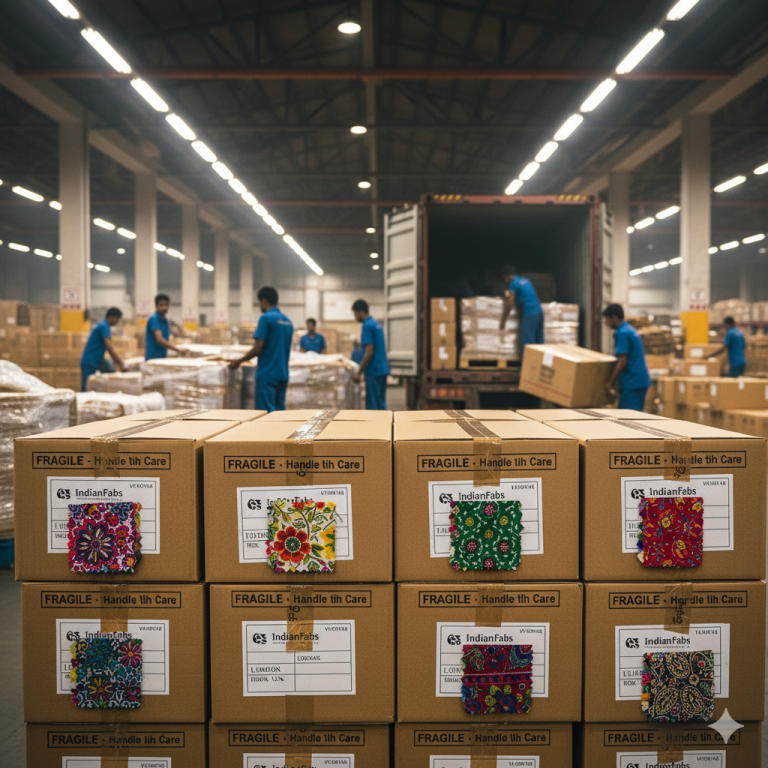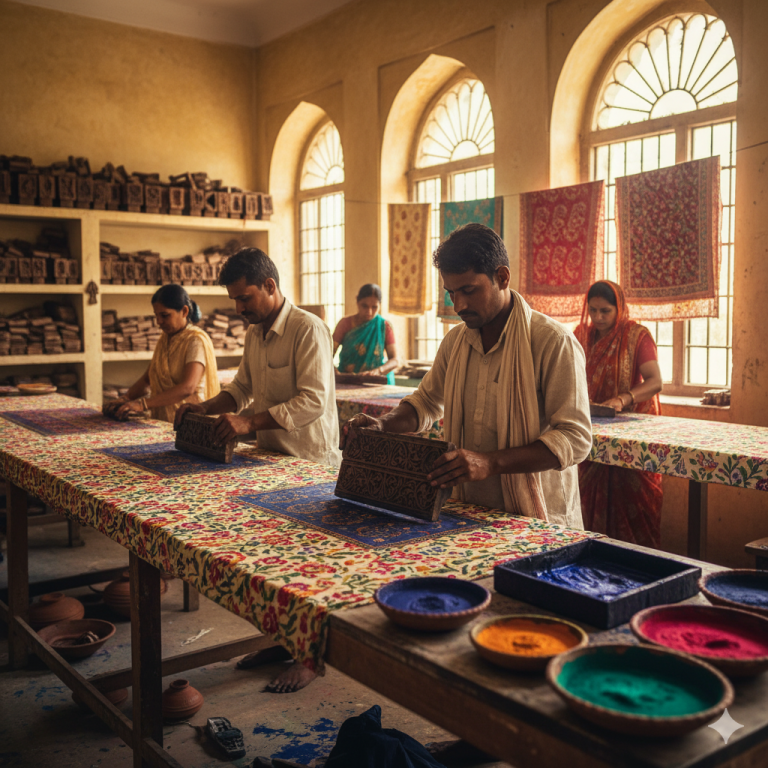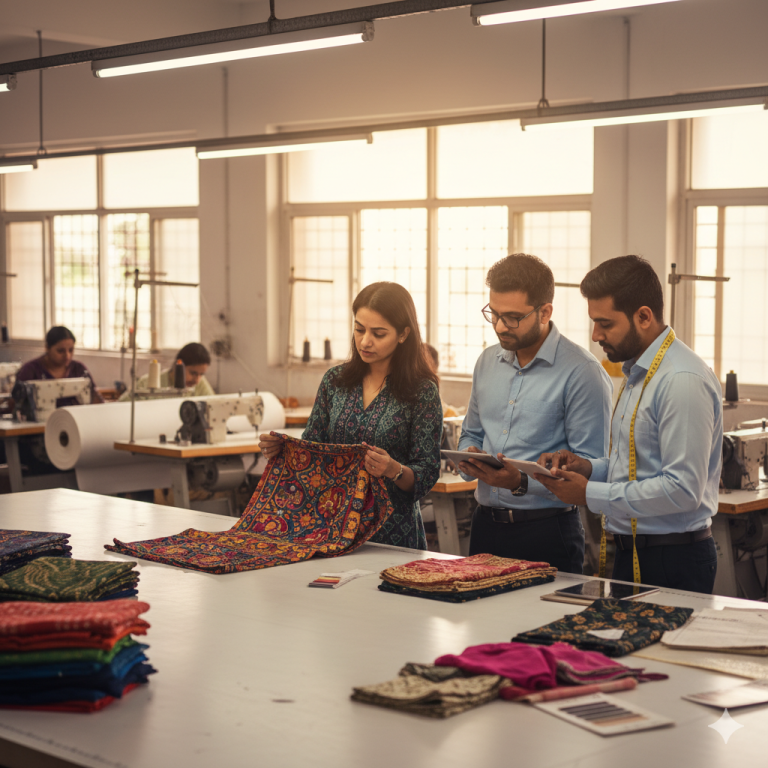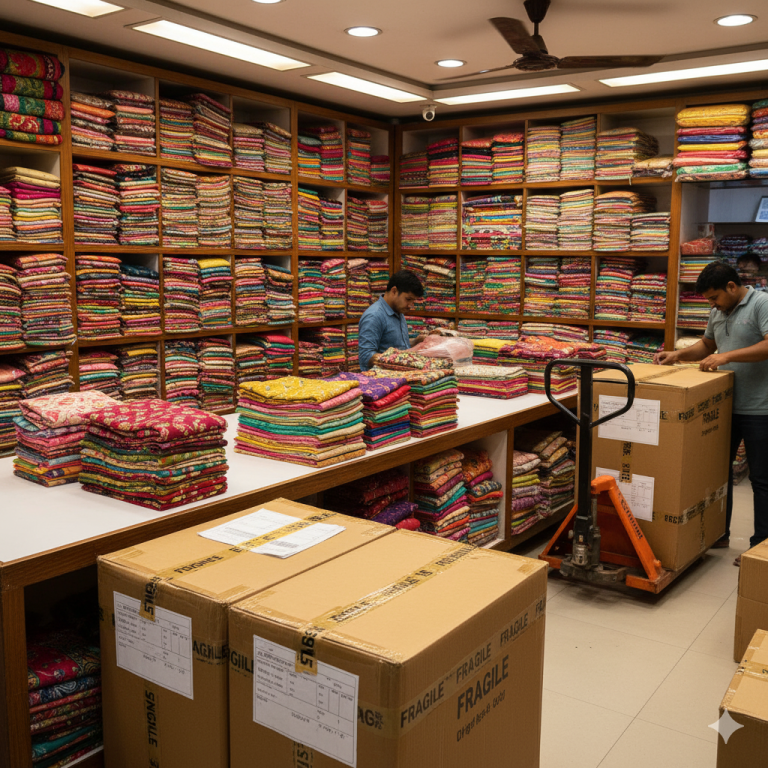Introduction
For wholesale buyers navigating the vibrant Indian ethnic wear market, choosing the right fabric is as crucial as selecting the perfect design. Cotton and rayon stand out as two of the most popular choices for kurtis, each offering distinct advantages. Understanding the nuances of cotton vs rayon kurti is key to making informed purchasing decisions that cater to your target audience and maximize your sales.
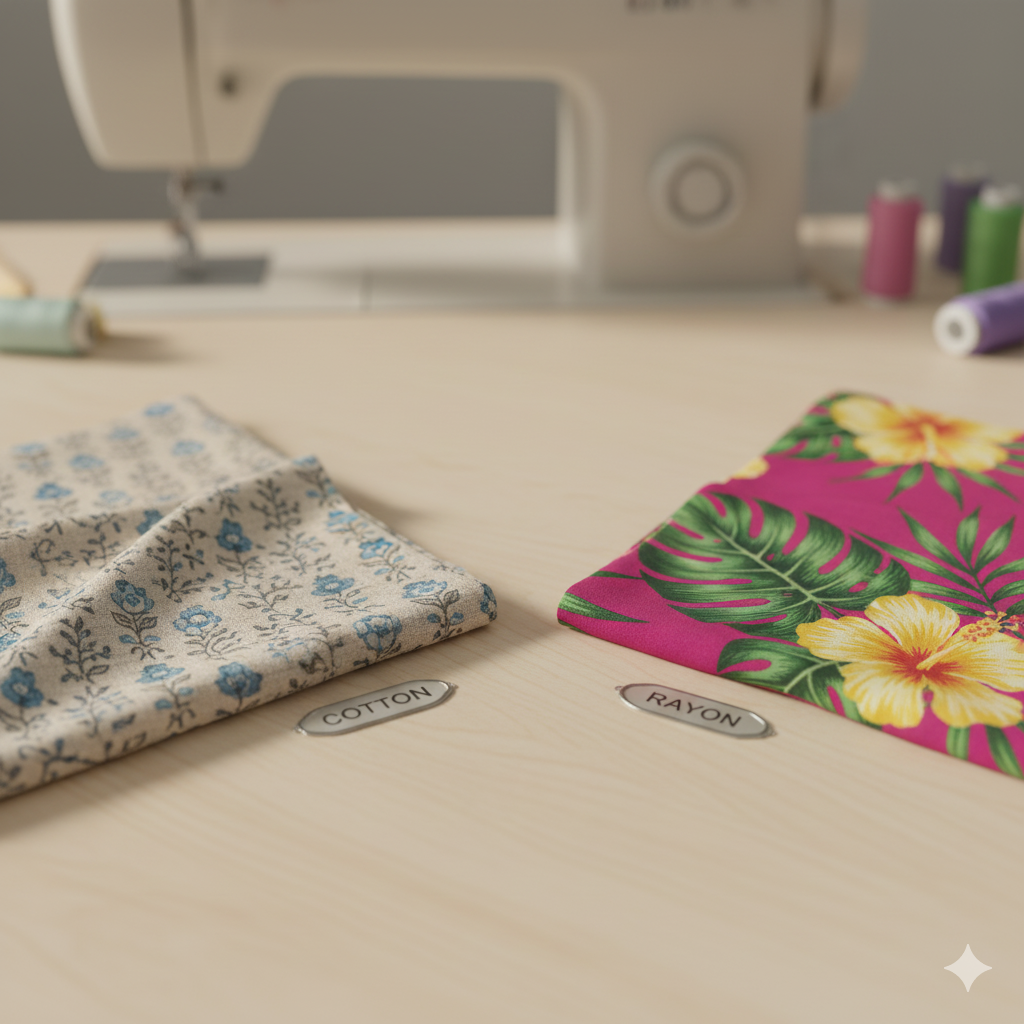
1. Breathability & Comfort: Feeling the Difference
- Cotton Kurtis: Cotton is a natural fiber, renowned for its exceptional breathability. It’s soft, absorbent, and allows air to circulate freely, making it incredibly comfortable, especially in warm and humid climates. This natural comfort makes it a perennial favorite for everyday wear. A cotton kurti manufacturer India often highlights this inherent quality.
- Rayon Kurtis: Rayon, though semi-synthetic (derived from wood pulp), is celebrated for its silk-like drape and soft feel. It’s also quite breathable, though perhaps slightly less so than pure cotton. It’s excellent at wicking moisture, making it feel cool against the skin. Many find rayon exceptionally comfortable due to its smooth texture and fluid movement.
Verdict: For ultimate breathability in hot weather, cotton often has a slight edge. For a soft, flowing drape with good comfort, rayon is a strong contender.
2. Durability & Maintenance: Longevity for Your Customers
- Cotton Kurtis: Cotton is generally durable and becomes softer with each wash. However, it can be prone to wrinkling and may experience some shrinkage if not pre-shrunk or washed correctly. High-quality cotton lasts well with proper care.
- Rayon Kurtis: Rayon is known for its excellent drape but can be less durable than cotton when wet, requiring careful washing (often hand wash or delicate cycle is recommended). It’s also more prone to stretching or shrinking if not cared for properly. However, newer rayon blends are improving in durability.
Verdict: Cotton generally offers better overall durability and easier care instructions for the average consumer. Rayon requires a bit more care.
3. Price Point: Balancing Cost and Quality
- Cotton Kurtis: The price of cotton kurtis can vary widely based on the type of cotton (e.g., pure cotton, organic cotton, cotton blends), weave, and embellishments. Generally, basic cotton kurtis are very affordable, while designer or specialized cotton can command higher prices. A good cotton kurti manufacturer India can offer competitive rates across different qualities.
- Rayon Kurtis: Rayon is often a more cost-effective fabric than natural silk, offering a luxurious look and feel without the hefty price tag. For rayon kurti wholesale, you’ll often find it provides excellent value, allowing for attractive retail pricing and healthy margins.
Verdict: Both offer good value, but rayon can sometimes provide a more luxurious aesthetic at a more accessible price point compared to premium cottons or other high-end natural fabrics.
4. Seasonal Demand: Adapting to the Climate
- Cotton Kurtis: Cotton kurtis are overwhelmingly popular for spring and summer collections. Their breathability makes them ideal for warm weather, and they are a staple in almost every Indian wardrobe during these seasons. Light cottons are also worn year-round in many parts of India.
- Rayon Kurtis: Rayon’s smooth, cool feel also makes it a strong choice for warmer months. However, its beautiful drape and ability to hold vibrant dyes also make it suitable for festive occasions and semi-formal wear, which can be in demand year-round. It’s often favored for its “dressier” look compared to casual cottons.
Verdict: Both fabrics excel in warm weather. Cotton is a clear winner for everyday summer wear, while rayon offers a slightly more versatile option for year-round style, particularly for dressier occasions.
5. Export Preferences: What International Buyers Look For
- Cotton Kurtis: International buyers, especially those in warmer climates or catering to customers who prioritize natural fibers and ethical sourcing, highly value cotton. Its eco-friendliness (when organically produced) and comfort are strong selling points for wholesale kurtis for export.
- Rayon Kurtis: Rayon’s excellent drape and vibrant color retention make it a hit in markets where a fluid, rich aesthetic is preferred. It’s a strong choice for kurti supplier international ventures looking to offer a balance of elegance and affordability, particularly for fashion-forward designs. Its ease of printing also makes it versatile.
Verdict: Both have strong export potential. Cotton appeals to the comfort/natural fiber segment, while rayon attracts those seeking elegance and rich color at a good price point.
Which is Best for Your Business?
Ultimately, the “best” fabric depends on your specific business model and target customer.
- If your customers prioritize everyday comfort, natural fibers, and classic styles, a strong focus on cotton kurti manufacturer India offerings will serve you well.
- If you aim for a more fashion-forward, elegant, and value-for-money range with beautiful drapes and vibrant prints, then rayon kurti wholesale is an excellent choice.
Many successful retailers carry both! A mix of cotton vs rayon kurti allows you to cater to a broader customer base and different seasonal needs.
Looking for a diverse range of both cotton and rayon kurtis?
IndianFabs offers a stunning collection in both fabrics, ensuring you find the perfect blend of comfort, style, and quality for your wholesale needs.

